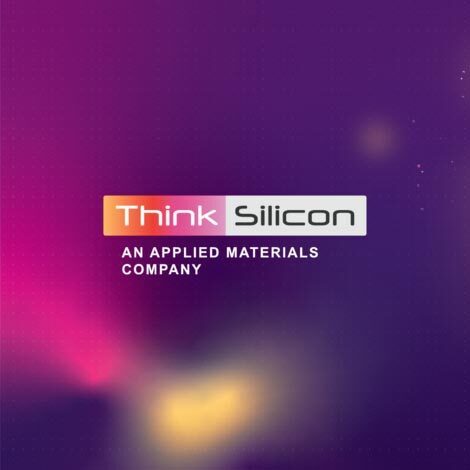Items list
Think Silicon’s mandate was always to deliver best in class ultra-low-power 2D/3D graphics performance thus the company took a close look at the Vulkan standard. We quantified the benefits of Vulkan graphics and compute APIs and we believe that Vulkan has the potential to become a very widely adopted cross-platform next generation 3D API.
Think Silicon is porting the native rendering GPU driver for the NEMA-GPU Series to the Vulkan/SPIR-V API,
based on an in-house low-memory footprint and self-contained OpenGL|ES to Vulkan compatibility layer. After a stringent elaboration, it was clear that the leaner Vulkan API has a positive performance and power impact in graphics rendering.
The benefits of having direct and predicable control over the GPU can unlock a vast gain in graphics performance, it leads to less CPU work and substantial power savings for the current and next generation of mobile –IoTwearable devices. Vulkan enables also an efficient combination of graphics and compute-shaders, an essential feature when executing simultaneously GPU and GPGPU applications, such as image processing tasks.
“Using a common API across multiple platforms is a huge benefit for system and application developers. It
simplifies the portability and accelerates the development process. This is an important advantage for powerefficient use of resources and shortens the time to market.” said Dr. Georgios Keramidas, CSO of Think Silicon.
There is a lot of heterogeneity in graphics processing and Vulkan’s fine-grained GPU management offers the right interface to leverage this heterogeneity, to lower power consumption and extend the battery life in mobile devices, without compromising the visual experience. Think Silicon’s objectives are going full steam ahead to support and unleash Vulkan’s various new mechanisms and fine–tune existing methods to even further reduce power consumption of our GPUs. The optional features of Vulkan (realized as capability flags in the API) pave the way for per-device and per-application customized rendering performance. This is the only viable way to achieve “Milliwatt-graphics” operations, a crucial requirement for today’s and future mobile-IoT-wearable devices e.g. it is unlikely that complex lighting operations will be needed in a wearable in the near future.
About Think Silicon:
Think Silicon S.A. is a privately held Limited Company founded in 2007, located in Patras, Greece (HQ), Toronto, Canada (Business Development & Marketing office) and San Jose, CA, USA (Sales office). The Think Silicon team specializes in developing high performance graphics IP technology for ultra-low power and area limited IoT applications.
Notes: Khronos and Vulkan are trademarks of The Khronos Group, Inc. OpenGL is a registered trademark and the OpenGL ES logo is a trademark of Silicon Graphics Inc. used by permission by Khronos. The Vulkan implementation is based on an internal draft Khronos Specification, which may change prior to final release. Conformance criteria for this Specification have not yet been established. www.khronos.org/conformance
Download Vulcan NEMA GPU series Press Release
